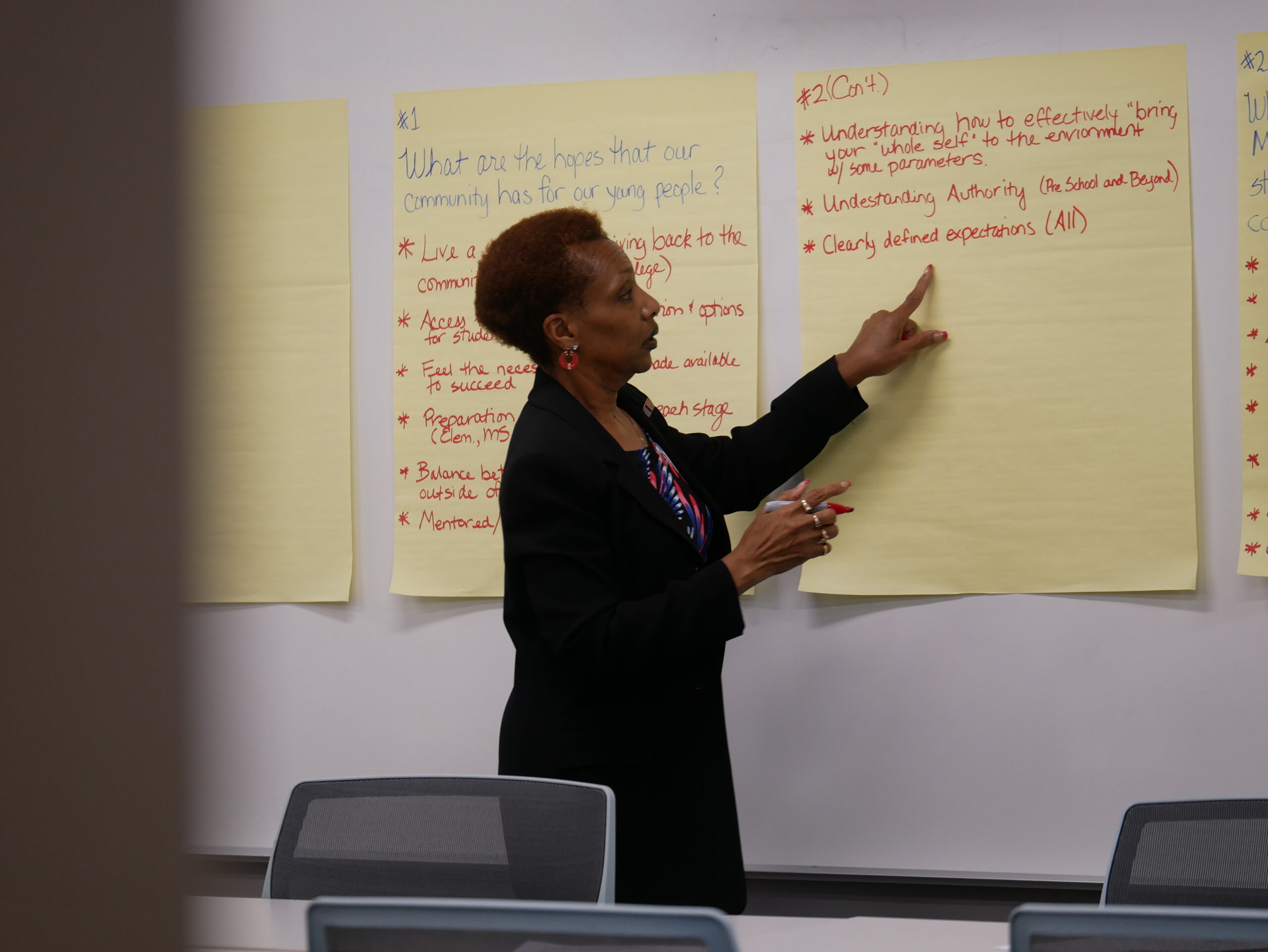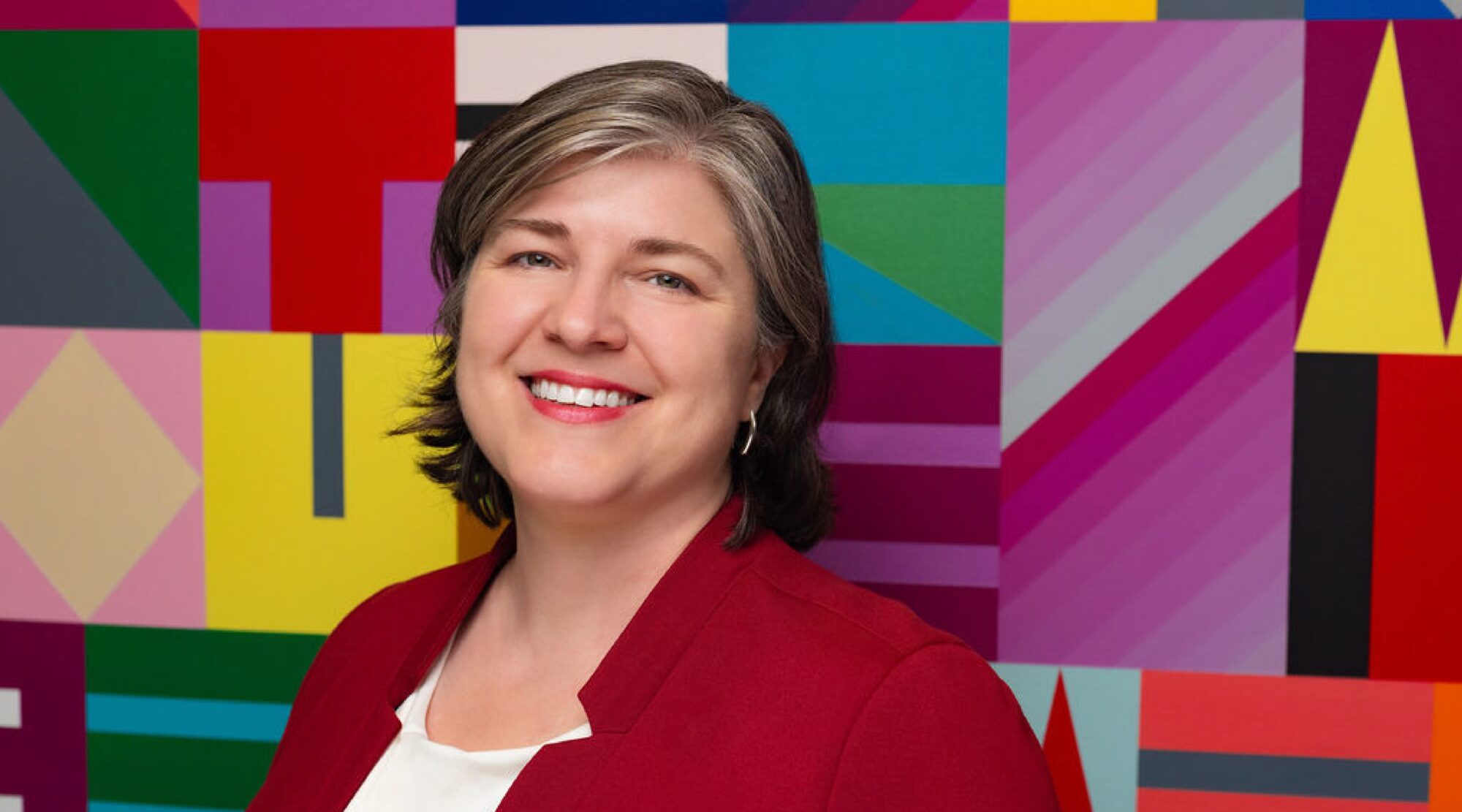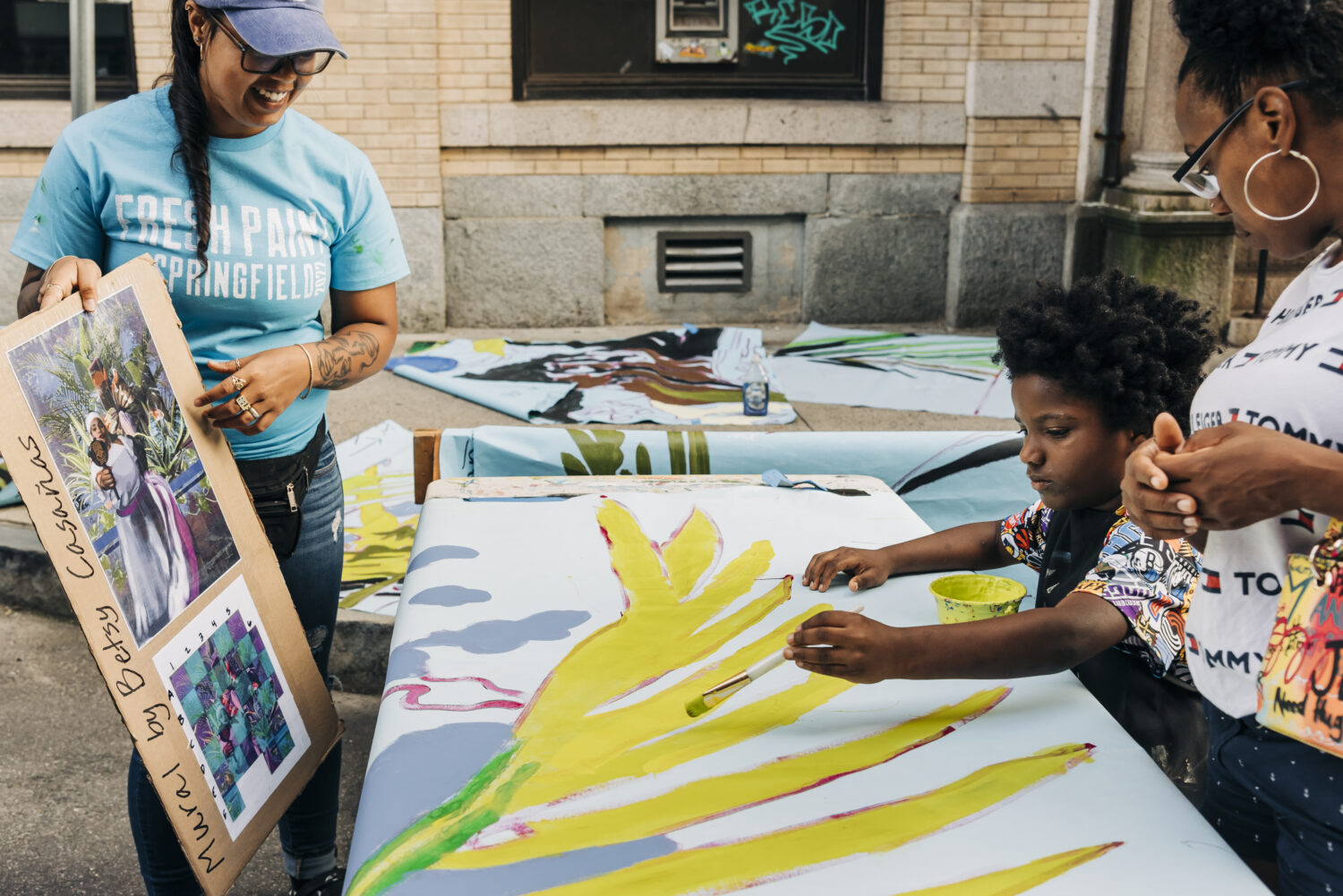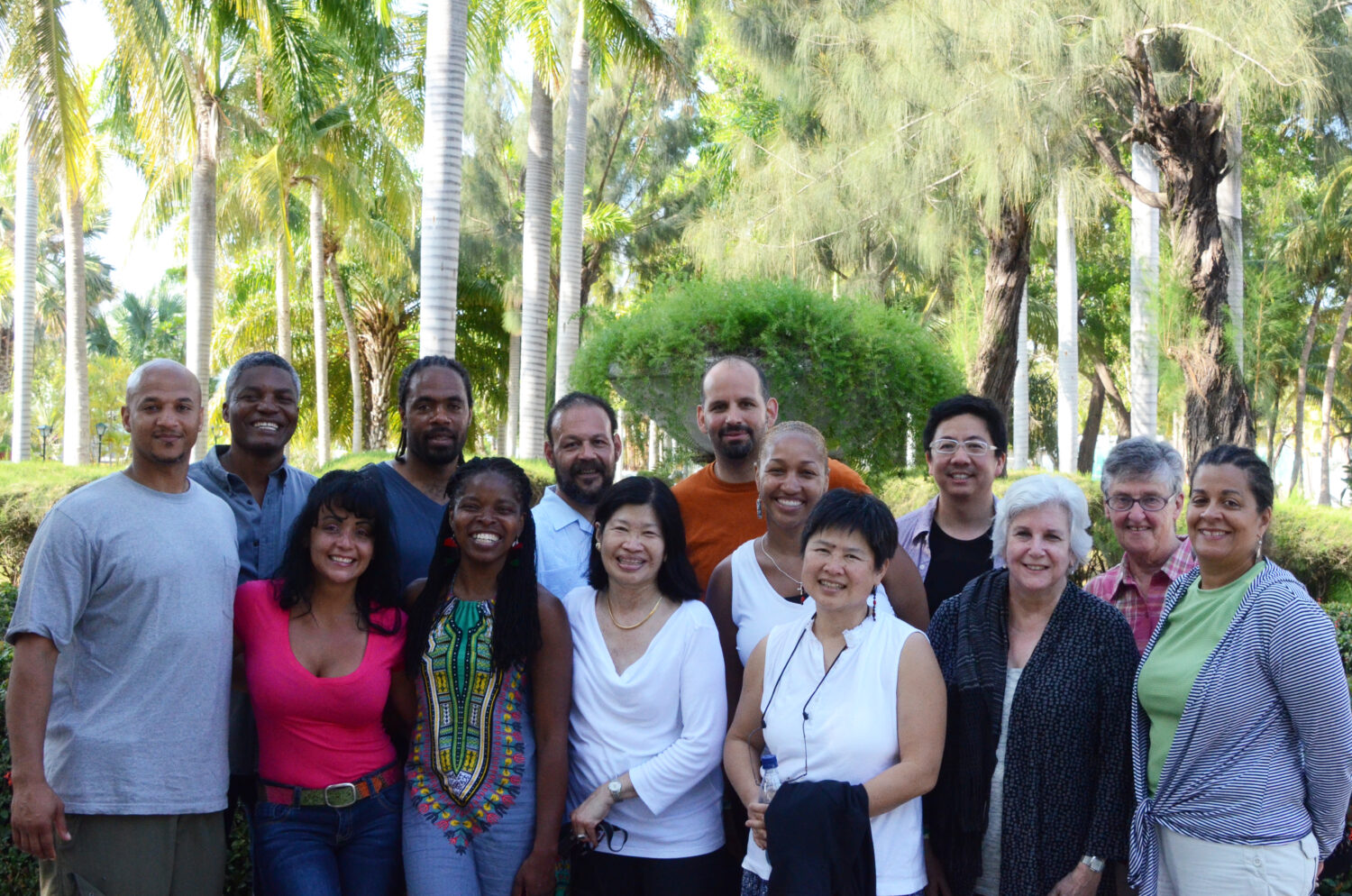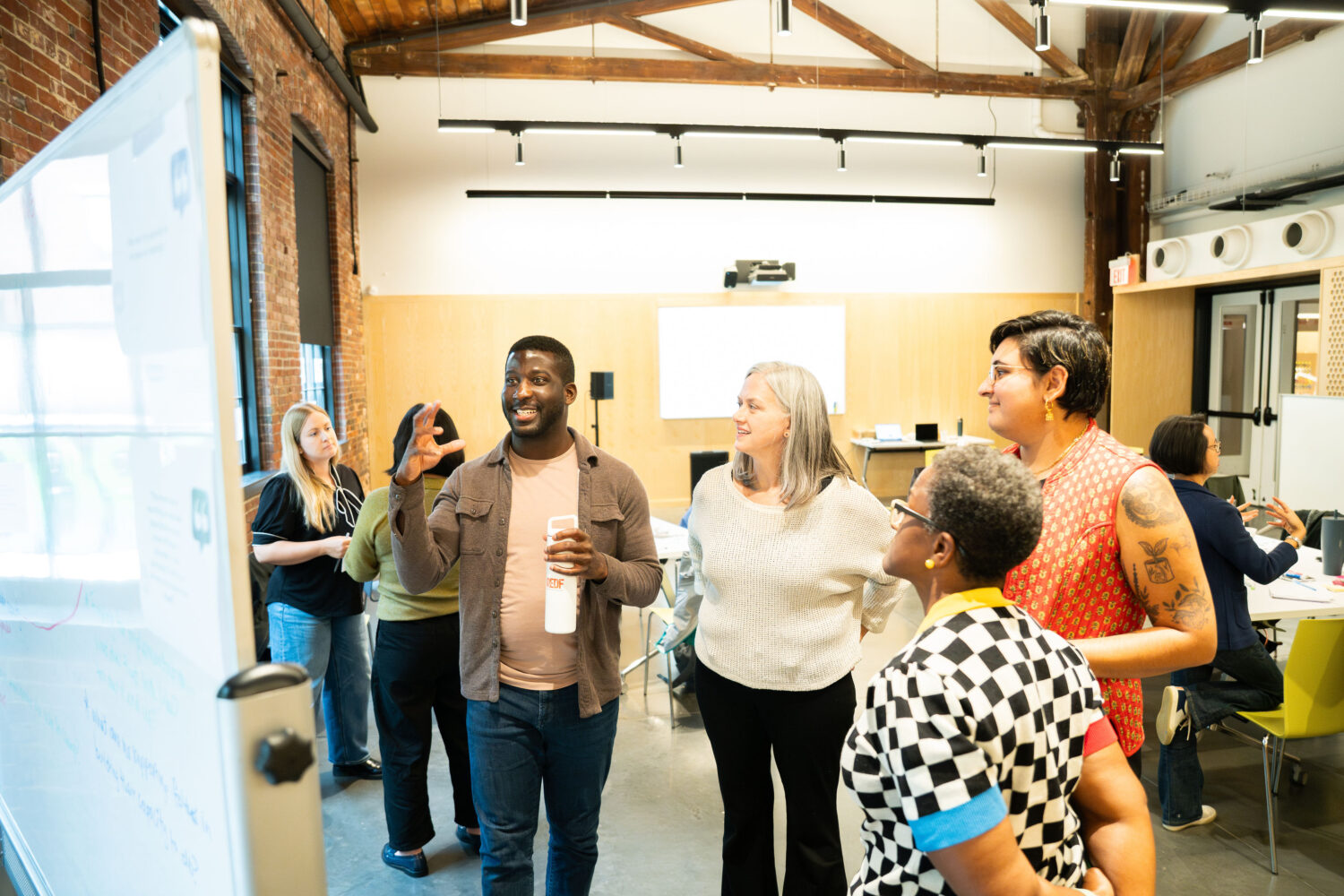Effective philanthropy is fundamentally about learning. We want to learn how systems work, about barriers faced by communities seeking change, and how our resources might be best put to use in support of those changes. But we are increasingly mindful that the process of learning, while well-intentioned, has at times been at odds with our values and may need to be redesigned to advance our equity goals. As Barr’s President Jim Canales recently noted, “To confront structural racism, massive wealth inequality, power imbalances, and other obstacles to the equitable world we aspire to, we must understand our role, as a philanthropic institution, in how we got here.” We wanted to share a few concrete ways we are reimagining our learning practices to better align with our commitment to building trusting relationships with our grantees and centering racial equity in our work.
Learning together in real time.
Urgent needs, frequently changing context, and a commitment to advance equity have all increased the importance of timely and collaborative learning. This collaboration must include shaping our learning priorities and questions as well as who we listen to. Equity requires us to center the experiences of those most impacted and least heard, and to share these experiences broadly, hopeful that elevating their voices can shape a different future. Examples included surveys of Massachusetts high school students on COVID learning disruptions; understanding the work of grassroots community-led groups building resilience in Boston, Chelsea, and Revere; and learning from leaders of artistic and creative organizations forging new relationships to audiences and communities in light of prolonged closures and a racial justice reckoning.
Shorter cycles, lighter lifts, and purpose-driven learning.
Navigating the uncertainty and disruption of the past two years pushed us to scrutinize our data collection and reporting practices. Final reports delivered at the end of a grant have never been an ideal philanthropic learning practice, but this format of reflection was entirely inadequate during the pandemic given the need to adapt and rethink with our grantees in real time. In terms of evaluation and reporting, we focused our efforts on places where data was essential to inform decision-making toward more equitable outcomes and pushed ourselves to further streamline wherever possible. Like many funders (Foundations Respond to Crisis series, CEP), Barr sought to reduce burden and bureaucracy so grantees could put their time and effort into the work. Program officers found opportunities to replace written reporting requirements with documented conversations and debriefs. For Barr’s Arts & Creativity Team for example, these conversations have served as moments to reflect and take a breath amidst chaos; to strengthen relationships with grantees and combat feelings of isolation; and to listen to grantee needs. Being flexible and employing a variety of approaches for how grantees share their work with us also enabled grantees to lead the way with their expertise, freeing them up to test and adjust new approaches in the face of shifting context and demands.
Coming together in new ways.
Convenings are the roads and bridges of the social sector, a standard tool for building relationships, advancing collective work, and supporting field learning. The last two years have forced us to question and rethink this practice as well. The 2020 scramble to shift in-person convenings and conferences to virtual platforms did fill a critical gap and offer an opportunity to connect, but in 2021 our grantees and the social sector at large experienced significant virtual event fatigue. Moving into an uncertain hybrid future, we hope to continue to evolve how and when we come together, holding purpose, value to our partners, accessibility, relationship building, and the benefits of collective learning front and center. A few examples of how our partners have stayed connected and supported cohort and network learning include:
Our Education Program’s Catalyze New Models grantees stayed connected through weekly virtual discussion as needed when in rapid response mode as well as via a quarterly newsletter produced by The Learning Agenda and the Barr Education Team to share resources and profile the inspiring transformation work of schools and systems.
Social platforms such as Mobilize became more popular during the pandemic and were particularly useful for our Arts grantees in initiative-based cohorts to share ideas, track rapid shifts in government funding opportunities, and solve timely problems.
After community infection rates began to drop last fall, small group outdoor meetups were a welcome chance to reconnect, particularly among executive directors seeking support and community during the crisis (such as among our Barr Fellows).
A more equitable approach to learning in the sector is long overdue, and we cannot advance equity without uprooting and unlearning harmful practices that impede our equity goals. We also cannot do this work alone. In addition to the work with our grantees outlined above, we are also inspired by thought leaders in the field who envision a different and more equitable role for philanthropic learning, such as the Center for Evaluation Innovation (see “What does a more equitable and trust-based approach to learning and evaluation look like?”), and the Equitable Evaluation Initiative. Our Learning Officer Rory Neuner will share some reflections in an upcoming blog post on Barr’s internal journey to more equitable learning, including our ongoing efforts to embed these ideas in our organization as well as in our region.
